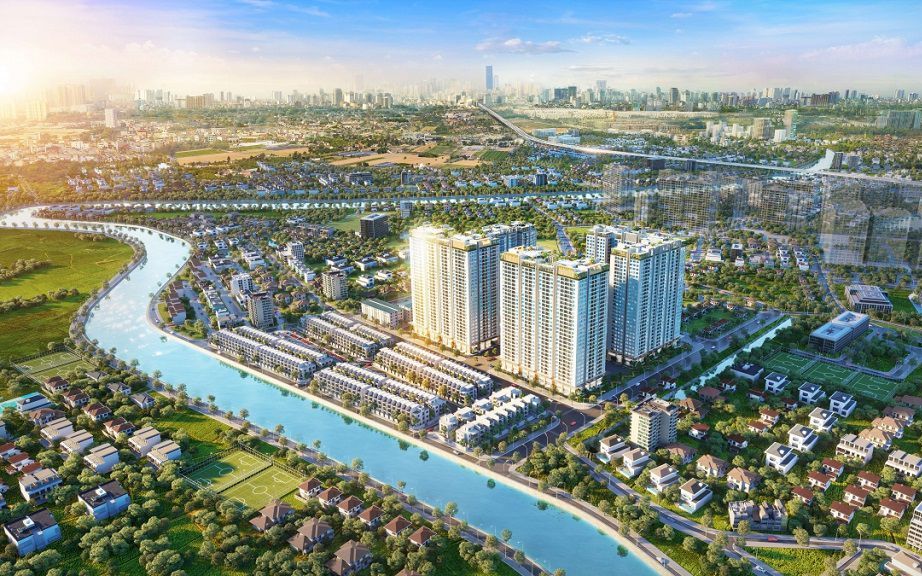
Housing: From a 'bubble' to a more balanced state
The residential real estate market in 2025 is entering a new cycle. According to the Vietnam Association of Realtors (VARS), the scale of real estate compared to total economic assets is only about 21%, much lower than that of developed countries, showing that the market still has a lot of room for development. However, the market is showing signs of supply-demand imbalance and rapidly increasing prices, posing a potential risk of local "bubbles".
In recent years, the housing market has recorded a positive recovery. New supply and liquidity tend to improve as the legal system becomes more transparent, especially in Hanoi and Ho Chi Minh City. Primary transactions in these two cities also show positive signals compared to previous periods.
Experts say the housing market is gradually shifting from a period of strong growth based on "supply shock - demand shock" to a more balanced state. According to economic and market expert Tran Manh Hung, the market is having to "adapt" to new requirements such as more transparency, more sustainable buyer finances and housing suitable for middle-income groups. From a business perspective, Mr. Ha The Anh, a freelance real estate broker in Hanoi, said that if the majority of supply still comes from the high-end segment, real buyers will continue to be "forgotten".

Investors and buyers are moving from "surfing" to long-term investment or real use.
In addition, VARS also emphasized that price pressure in major cities is increasing rapidly, far beyond the affordability of many buyers, especially the middle-income group. Investors and buyers are shifting from "surfing" to long-term investment or real use, in line with a more balanced market state.
Notably, in assessing the real estate market in recent times, economic experts have agreed that the market is following a number of notable trends. First, new supply is focused on high-end, high-priced projects, while the affordable housing segment is seriously lacking. Second, house prices in major cities continue to increase sharply, far exceeding actual incomes. Finally, investors and buyers are shifting from "surfing" to long-term investment or actual use - in line with a more balanced market state.
Resorts show signs of recovery, but cannot "breakthrough" without key factors
While housing shows positive movement, the resort real estate segment is still in the "exploratory" phase despite the rapid recovery of tourism . Vietnam tourism has recorded strong growth in international and domestic visitors in 2025, with hotel occupancy rates reaching an average of 59% in key tourist cities.
According to a report by DKRA Consulting, Vietnam's resort real estate segment is still recovering slowly in early 2025. Primary supply is increasing, but liquidity is low. The resort villa segment has 60 projects, about 2,166 units, but in the first two months of 2025, only 56 units were sold. Although primary supply is increasing, liquidity is still low, transactions are mainly in units priced under 10 billion VND. DKRA also warned that legal barriers, low exploitation efficiency and unrecovered investor confidence are among the reasons why the resort market has not been able to "break out".

Resort real estate cannot continue to rely on the old model.
DKRA's report clearly shows that, despite a "warming trend", the resort segment is still slowing down, transactions have not recovered strongly and investors are still cautious. Inventory is large and selling prices do not reflect actual purchasing power.
A bright spot, according to economic experts, is that the 2024 Land Law and related policies are considered an important foundation for the development of condotels, resort villas and second homes. These adjustments help clarify ownership, exploitation and operation, although there are still some problems that need to be completed for the market to operate effectively.
However, the main bottlenecks remain. First, the proportion of international visitors is not diverse enough, making it difficult for resort products to adapt to international fluctuations. Second, infrastructure and legality in many places are not synchronized, projects are slow to start, new supply is low, and investor confidence is weak. Third, new supply is absent in many places while old inventory is still large, creating a vicious cycle that makes it difficult to break through.
Mr. Michael Piro, Co-CEO of Indochina Capital, assessed that the recovery of tourism is a good foundation, but resort real estate cannot continue to rely on the old model. The product needs to shift to "experience" and requires uniqueness and more professional operation. Regarding this story, Mr. Tran Manh Hung also emphasized: "The community resort model, ecological resort associated with indigenous culture will be a more suitable direction instead of racing to build super luxury resorts."
Thus, although resorts have a "golden opportunity" from tourism recovery, if they only rely on that factor without perfecting the legal framework, products and customer experience, it will be difficult to have a strong "jump".
So what strategy is needed to bring the market back to balance and promote relaxation?
The real estate market in 2025 is moving to a state where balance, quality and affordability become the main criteria. According to economic experts, for both segments to develop sustainably, it is necessary to synchronously address the core factors.
For housing, the strategy should focus on increasing the supply of mid-range and mid-range segments, while diversifying the locations to well-connected suburban areas, to suit the actual affordability of the people. At the same time, controlling prices and speculation, and improving information transparency are necessary to avoid the phenomenon of rapid and uncontrolled price increases. Finally, promoting the development of connecting infrastructure and utilities will help suburban housing have real value and become more attractive.

The real estate market in 2025 is entering a transition period.
For resorts, the important task is to complete the legal framework, especially related to ownership, transfer and attracting a variety of tourists. Next, investors need to restructure the product, focusing on experiences, local identity, accompanying services, instead of just building "resorts" and selling. Then, strengthen the connection between tourism, transportation and real estate - airport infrastructure, roads, high-quality hotel services are key. Finally, strengthening investor confidence through clear announcement of project progress, financial transparency and actual operation is a must.
It can be seen that the real estate market in 2025 is entering a transition period, from the "supply shock - hot price increase" phase to a state where balance, quality and affordability become the main criteria. The housing segment is showing signs of more stability, while the resort segment, although having great potential, still has a long way to go to "sublimate". If both of these segments want to develop sustainably and contribute positively to the socio-economy, it is not only necessary to clear up capital sources, supply sources or tourism recovery, but also to synchronously resolve factors such as legality, infrastructure, products, market structure and buyer confidence. At that time, the market will not only "revive", but also live with better quality and sustainability./.
Source: https://vtv.vn/thi-truong-bat-dong-san-nha-o-on-dinh-nghi-duong-cho-cu-bat-phap-ly-10025112117552534.htm













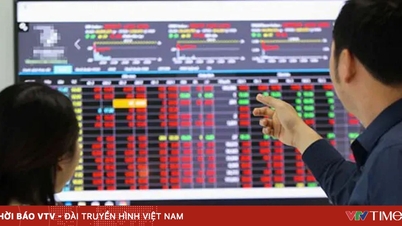



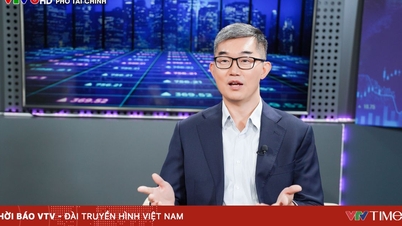
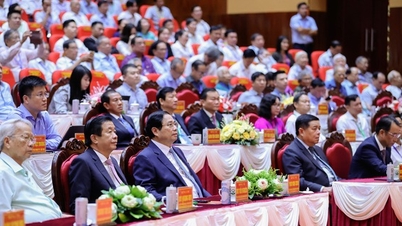




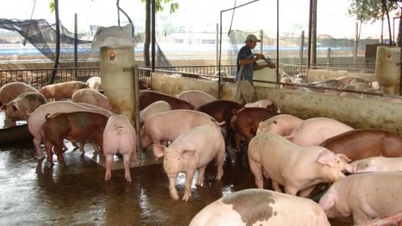







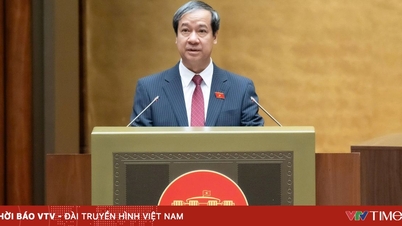
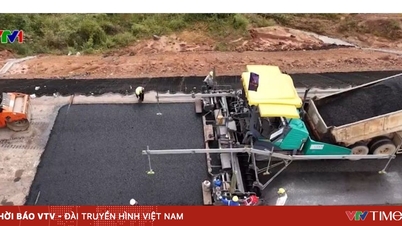






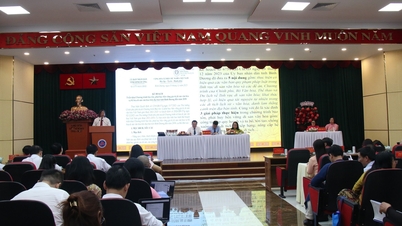

















![[Answer] Should I install an elevator for an old renovated house?](https://vphoto.vietnam.vn/thumb/402x226/vietnam/resource/IMAGE/2025/11/25/1764039191595_co-nen-lap-thang-may-cho-nha-cai-tao-cu-khong-04.jpeg)





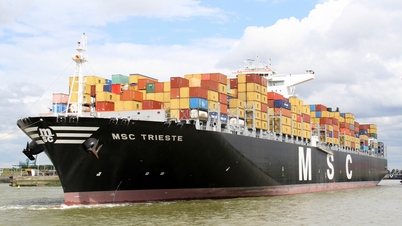









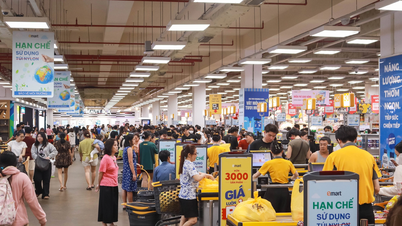



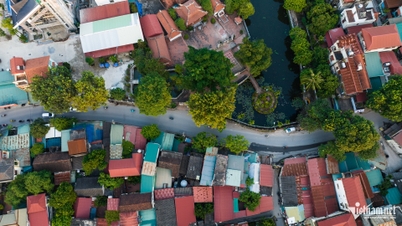













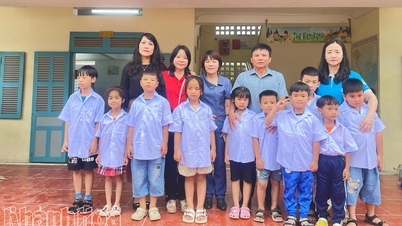



















Comment (0)